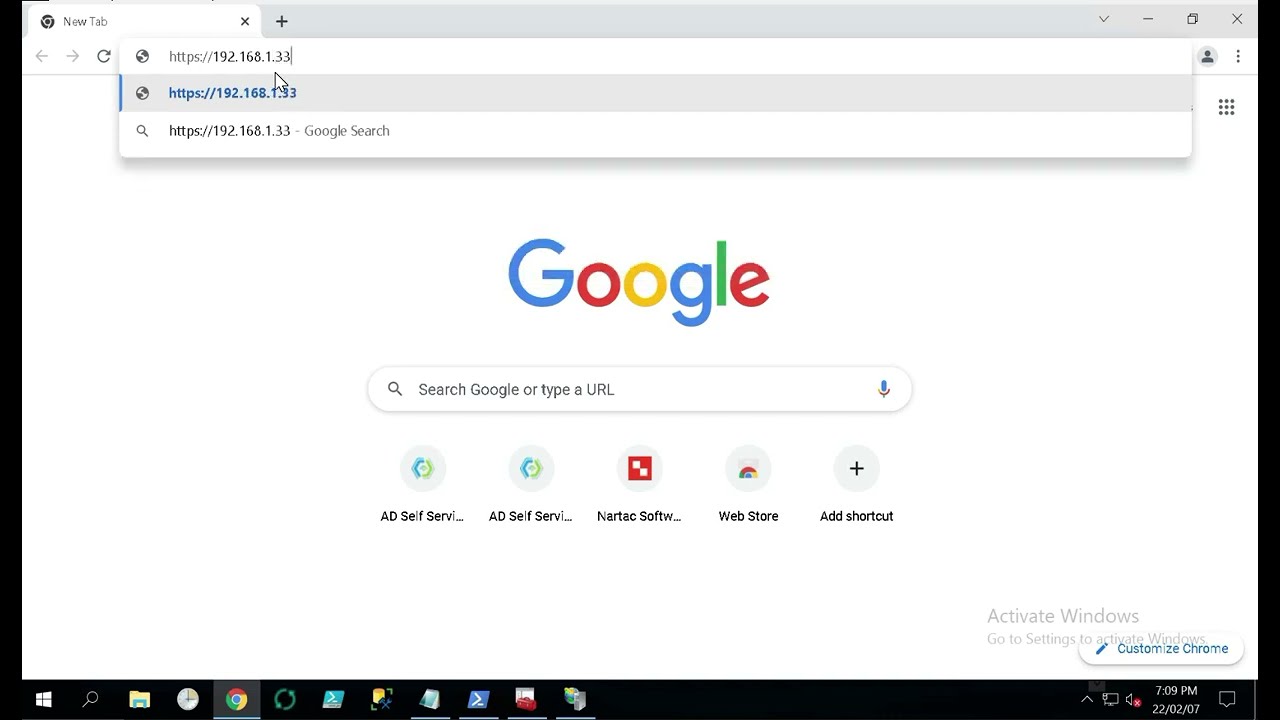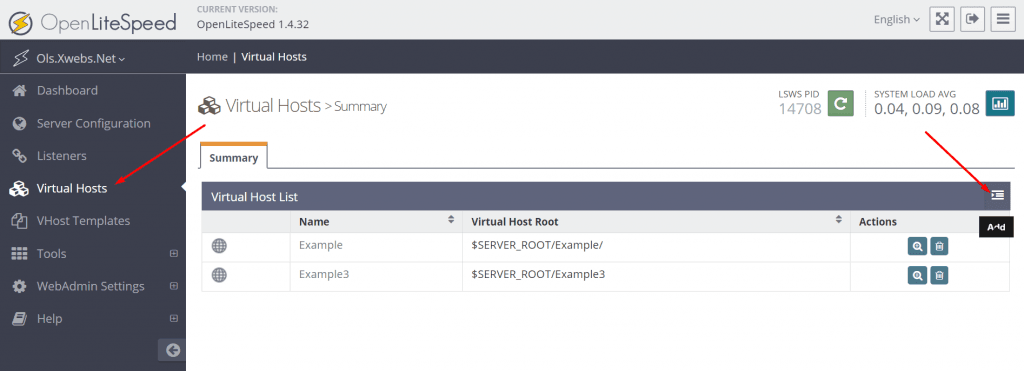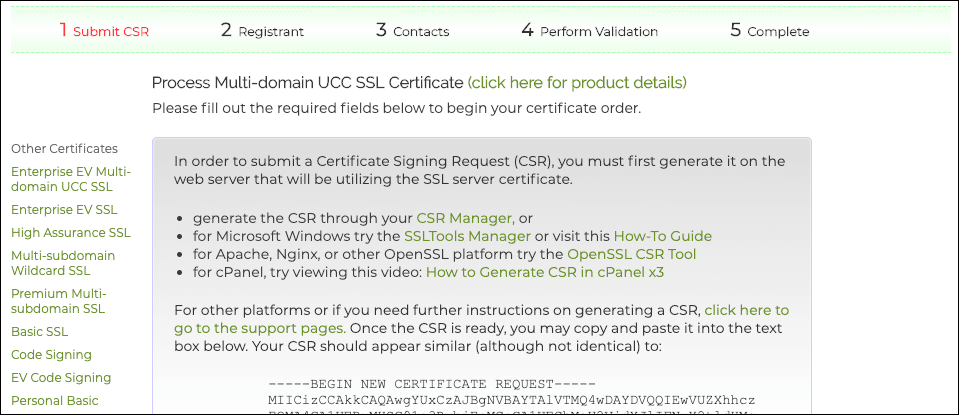
Ubuntu can be configured to install Apache using the command "apt–get ubuntu install apache ubuntu". Before you can install Apache, you must make sure that your firewall software allows it. Ubuntu's firewall program is called ufw. Open ufw and select the option "allow connections". The output should show whether Apache is allowed or not. If Apache is authorized, then you will see "active".
Prerequisites
Before installing Apache on Ubuntu-based computers, make sure the system has all necessary prerequisites. You need access to sudo to be able edit files. You must also have administrative privileges and a user account. After completing these prerequisites you can begin installing the webserver.
First, enable your firewall. Next, enable port 443. Sudo ufw enable in "Apache Full", for example, will allow HTTPS and HTTPS ports. You must also make sure you have at minimum 50MB of disk space. The Apache server will require approximately 10MB disk space once the installation has been completed. The actual space needed depends on your configuration options, third party modules and site size. Apache requires an ANSI C compiler. If you're using a compiler from a different vendor, make sure it supports ANSI C. Make sure you have the basic tools in your PATH.

Configuring a UFW firewall
After installing UFW on your computer you will need to create rules to protect it from unauthorized connections. There are many options available for configuring the UFW firewall rules. You will first need to set up a netmask that prevents UFW's from accepting connections from IP addresses not belonging to your subnet. Secondly, you need to configure a policy to control the number of allowed connections. UFW uses a default policy called "deny". This policy blocks all incoming connections but allows for specific connections. Final, rules can be removed by numbers or names.
UFW can also be used to configure your firewall so that it blocks all incoming connections but allows only outgoing. This is the default setting that provides the highest security. You can also block IP addresses ranges, ports, programs, or combinations thereof. In order to change the policy, you need to make changes in /etc/default/ufw.
Reloading Apache Web Server
Reloading an Apache web server on Ubuntu is not a very complicated process. It is done with the systemctl Command. This may take a little while. If your server configuration is complicated or large, unexpected disruptions could occur.
In this case, it is important to check all the configurations and restart the web server. You must ensure that there are no zombie processes running in your system. This step is important because sometimes the web server may get interrupted due to an unreliable Internet connection.

Configuring virtual hosts
Configuring multiple Apache virtual hosting hosts is one of many ways you can allow multiple domains running on a single Ubuntu host. This is a powerful tool that allows you to run and host a large number of domains on one server using only one IP address. Virtual hosts are flexible, and can be set up for any host name.
This process can be confusing for beginners because there are many options. You can do it by following these simple steps. First, create the directory where your files will be stored. This directory will house the site's data. The default directory will always be /var/www. However, virtual hosts will have theirs.
FAQ
How Much Does It Cost To Create An Ecommerce Website?
It depends on the platform you choose and whether you use a freelancer to build your site or hire a service provider. The average eCommerce site starts at $1,000.
Once you have chosen a platform, expect to pay between $500 and $10,000.
A template is usually less than $5,000 if you plan to use it. This includes any customization you need to make to fit your brand.
Should I use WordPress or a website builder?
The best way to build an effective web presence is to start small. If you have the time or resources to create a complete site, do so. You might start with a simple blog if you don’t have the time or resources. As you learn to develop and design websites, you can always add new features.
Before you start building your website, it is important to establish a primary domain. This will provide a point to which you can publish content.
Can I use a framework or template on my website?
Yes! Pre-built templates and frameworks are often used when building websites. These templates contain all the code needed to display information on your page.
Some of the most well-known templates are:
WordPress - the most widely used CMS
Joomla - Another popular open source CMS
Drupal – An enterprise-level solution used by large organizations
Expression Engine – A Yahoo proprietary CMS
Hundreds of templates are available for each platform, so finding the right one should be easy.
How To Create A Static Website
Two options are available when you create your first static web site.
-
Content Management System (a.k.a. WordPress): You can download this software and install it on your computer. You can then use it to build an important website.
-
Create a static HTML website: You'll need to code your HTML/CSS code. If you already know HTML, it is simple to do.
You might consider hiring an expert to design your website if you are planning to build a large site.
However, it is a good idea to start with option 2.
WordPress is a CMS?
The answer is yes. It's a Content Management System. A CMS allows you to manage your website content from within a web browser instead of using an application such as Dreamweaver or Frontpage.
WordPress is absolutely free! Hosting is included in the price, but you don't need to pay anything else.
WordPress was originally designed to be a blogging platform. However, WordPress now offers many options including eCommerce sites and forums, membership websites, portfolios and portfolios.
WordPress is simple to install and configure. It is necessary to download the installation file from their site and upload it on your server. Next, simply go to your domain name via your web browser and log into your new site.
After installing WordPress, register for a username/password. Once you log in, you will be able to access your settings from a dashboard.
You can now add pages, posts and images to your site. You may skip this step if you feel comfortable editing and creating content.
But if you'd rather work with someone, you can hire a professional website designer to handle everything.
What Types of Websites Should I Create?
This question is dependent on your goals. It may be best to sell online your products to build a company around your website. To do this, you will need to create a strong eCommerce website.
Other popular types of websites include blogs, portfolios, and forums. Each of these requires different skills and tools. You will need to be familiar with blogging platforms like Blogger or WordPress if you wish to create a blog.
You will need to decide how to customize your website's look when you select a platform. You can find many free templates and themes for every platform.
Once you've chosen a platform, you can build your website by adding content. You can add images, videos, text, links, and other media to your pages.
Your new website is ready to be published online. Your site is now available for visitors to view in their browsers.
Can I make my website using HTML and CSS?
Yes! If you've followed the steps, you should now be able create your website.
After you have learned how to structure a website, you will need to know HTML and CSS.
HTML stands for HyperText Markup Language. It's like creating a recipe for a dish. You'd list ingredients, instructions, and directions. Similarly, HTML tells a computer which parts of text appear bold, italicized, underlined, or linked to another part of the document. It's the language of documents.
CSS stands for Cascading Style sheets. It is like a stylesheet that you use to create recipes. Instead of listing every ingredient and instructions, you create general rules about font sizes, colors, spacing and other details.
HTML tells the browser how a page should look; CSS tells it what to do.
Don't be afraid to ask questions if you don’t understand any of these terms. Follow the tutorials and you will soon be creating beautiful websites.
Statistics
- At this point, it's important to note that just because a web trend is current, it doesn't mean it's necessarily right for you.48% of people cite design as the most important factor of a website, (websitebuilderexpert.com)
- Did you know videos can boost organic search traffic to your website by 157%? (wix.com)
- When choosing your website color scheme, a general rule is to limit yourself to three shades: one primary color (60% of the mix), one secondary color (30%), and one accent color (10%). (wix.com)
- Studies show that 77% of satisfied customers will recommend your business or service to a friend after having a positive experience. (wix.com)
- The average website user will read about 20% of the text on any given page, so it's crucial to entice them with an appropriate vibe. (websitebuilderexpert.com)
External Links
How To
What is website hosting?
Website hosting refers to where people go when they visit a website. There are 2 types.
-
Shared hosting - This is the cheapest option. Your website files will reside on a server belonging to someone else. Your customers' requests travel via the Internet to your server when they visit your site. You then receive the request from the owner of the server.
-
Dedicated hosting – This is the most expensive option. Your website is only accessible from one server. Your traffic stays private as no other websites can share the same server.
Most businesses choose shared hosting because it's less expensive than dedicated hosting. When you use shared hosting, the company that hosts the server gives you the resources to run your site.
There are pros and disadvantages to each option. Here are the main differences between them:
Shared Hosting Pros
-
Lower Cost
-
Easy To Set Up
-
Frequent Updates
-
It can be found on many web hosting companies
Hosting shared can be as low as $10 per month. This price often includes bandwidth. Bandwidth refers to the amount of data you can transfer across the Internet. Even if you are only uploading photos to your blog site, high data transfer rates can still cost you extra.
Once you start, you'll quickly realize why you were paying so much for your previous host. Many shared hosts offer very little customer support. While they may occasionally assist you in setting up your site and other tasks, after that you are all on your own.
You'll want to look into a provider that offers 24-hour phone support. They will attend to any issues you have while you sleep.
Cons of dedicated hosting
-
More Expensive
-
Less is More
-
Requires specific skills
With dedicated hosting you will have everything you need to manage your website. You won't have worry about whether your website is using enough bandwidth, or whether it has enough RAM (random-access memory).
This means you will need to spend more upfront. You'll soon realize that your business is self-sufficient once it's online. You'll be able to manage your servers effectively.
Which Is Better for My Business?
The answer to this question depends on which type of website you wish to create. Shared hosting is best for those who only need to sell products. It's very easy to setup and maintain. Because you share a server, you will most likely receive frequent updates.
If you are looking to create a community around your brand, dedicated hosting is the best option. You can focus on building your brand without worrying about handling your traffic.
Bluehost.com is a web host that offers both. They offer unlimited data transfers per month, 24/7 support and free domain registration.